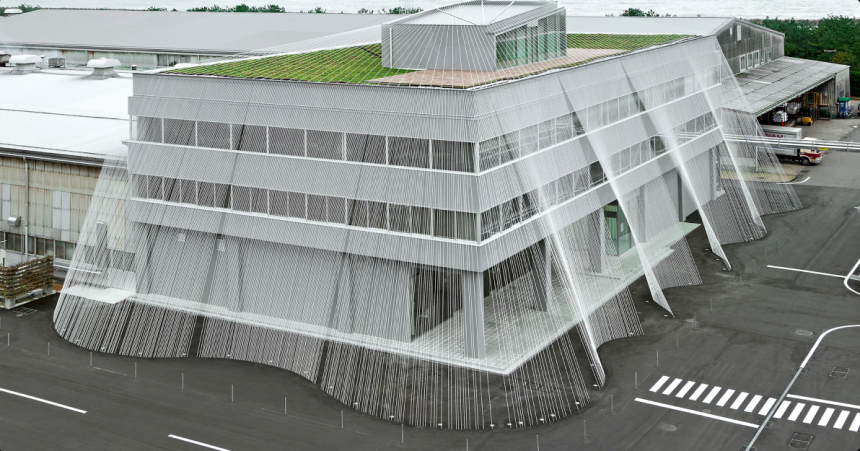Over the past few decades, earthquakes have repeatedly demonstrated their devastating power. From the catastrophic tremors in Haiti (2010) and Nepal (2015) to the more recent disasters in Turkey and Syria (2023), seismic events have caused irreparable loss of life and infrastructure. While earthquakes themselves are natural phenomena beyond human control, the extent of destruction often stems from inadequate engineering and poor preparedness. This raises a crucial question: Why, in an era of space exploration and AI-driven advancements, do we still struggle to make our buildings truly earthquake-resistant?
The 2024 earthquake in Myanmar and Thailand (magnitude 6.4) serves as yet another grim reminder. The tremor caused widespread panic, structural damage, and a death toll exceeding 2,019—a number expected to rise as rescue operations continue. Notably, reports indicated that some older, traditionally built structures fared better than modern constructions lacking seismic-resistant designs. This underscores the urgent need for stronger building regulations, improved materials, and widespread retrofitting efforts in earthquake-prone regions.
Why Do Buildings Collapse?
- Poor Structural Integrity– Many urban centers still rely on outdated construction techniques that ignore seismic risks. Some countries lack stringent building codes, while others fail to enforce them effectively.
- Substandard Materials– Low-grade cement, weak steel reinforcement, and improper soil analysis exacerbate vulnerabilities under seismic stress.
- Modern Skyscraper Risks– While innovative, asymmetrical high-rise designs can be hazardous in seismic zones. The distribution of mass and stiffness critically impacts a building’s stability during tremors.
Lessons from Ancient Engineering
Remarkably, many ancient structures—such as the Pyramids of Egypt, the Taj Mahal, and Qutub Minar—have withstood centuries of seismic activity. Their resilience lies in:
- Wide-base designs(Pyramids) for stability.
- Deep-well foundations(Taj Mahal) act as shock absorbers.
- Tapered structures(Qutub Minar) ensure balanced load distribution.
These historical marvels highlight how sustainable, resilient construction techniques—without modern technology—can endure earthquakes. Perhaps we should revisit these time-tested methods in our pursuit of earthquake-resistant buildings today.
The Limits of Modern Engineering
Despite advancements, no building is entirely earthquake-proof. High-rises incorporate flexible materials and dampers, but their effectiveness varies with earthquake magnitude. Key challenges include:
- Foundation vulnerabilities– Soft or reclaimed land amplifies seismic waves.
- Dead load risks– The weight of structural components strains joints during prolonged shaking.
The Way Forward: Innovation and Regulation
- Increased Funding for Seismic Research– While nations invest heavily in space and AI, earthquake-resistant infrastructure remains underfunded. Innovations like shape-memory alloys and self-healing concrete need greater attention.
- Advanced Technologies– Base isolation systems, AI-driven predictive models, and real-time data analysis can enhance resilience and provide life-saving warnings.
- Global Building Safety Standards– An international regulatory body should assess and rate buildings on earthquake resilience, considering:
- Seismic zone classification.
- Structural integrity (design & materials).
- Retrofitting compliance for older structures.
Conclusion
Investing in seismic engineering must become a global priority. Governments, researchers, and construction professionals must collaborate to ensure future generations face fewer risks. Our ambition shouldn’t just be to explore the stars—but to make life safer here on Earth first.
(The author is a Construction Management Professional, currently serving as Assistant Planning Manager at L&T Saudi Arabia)









